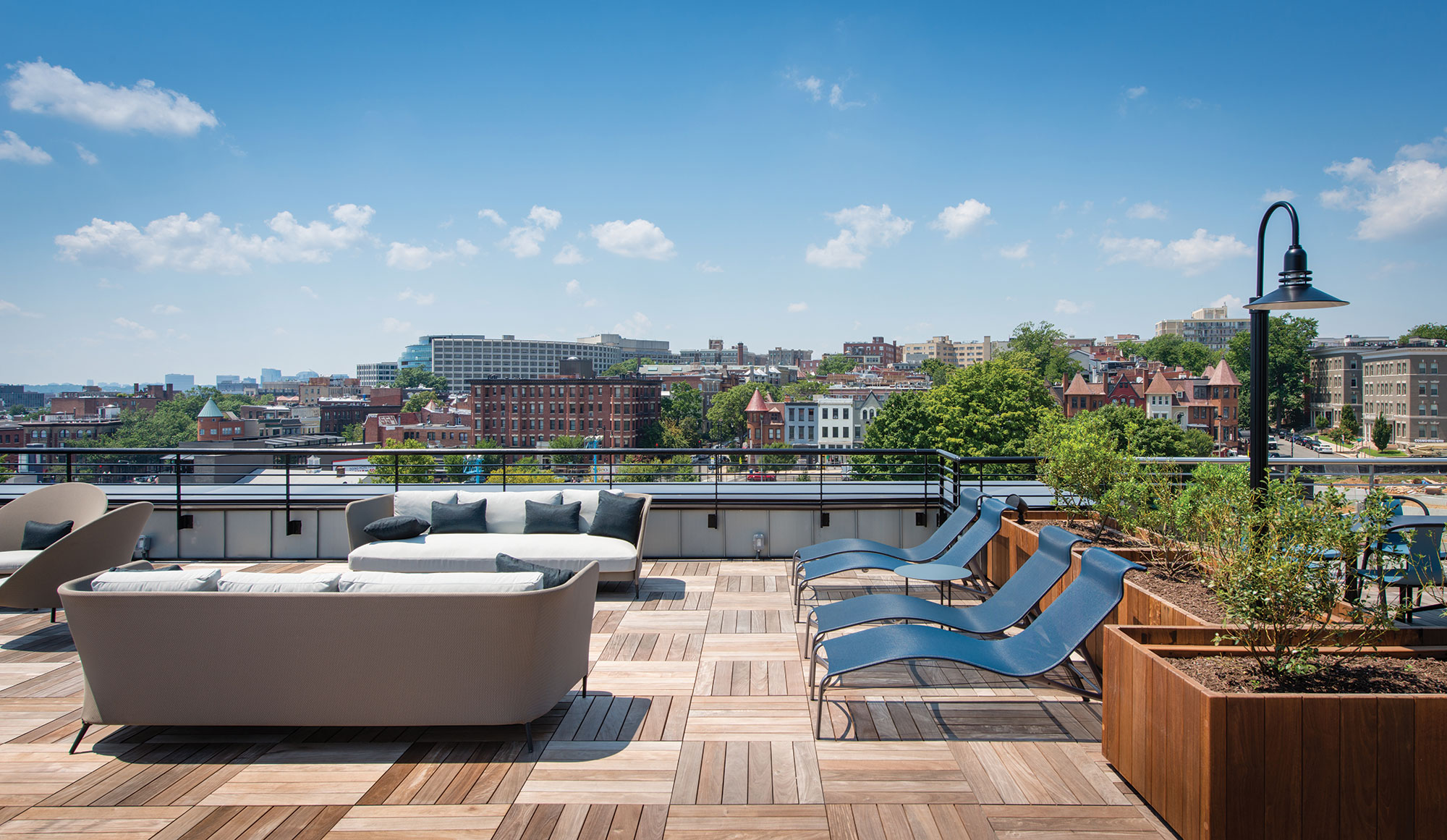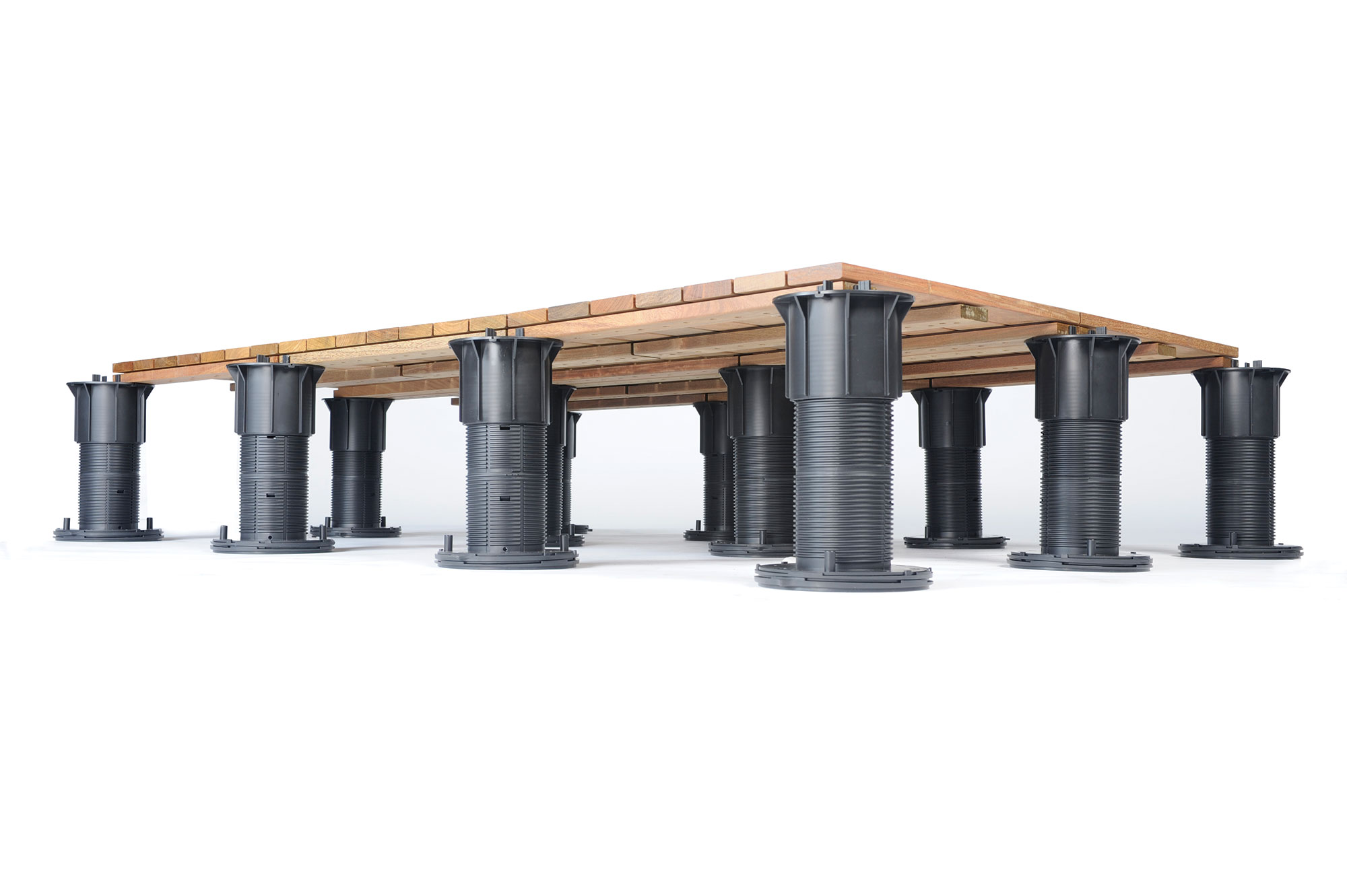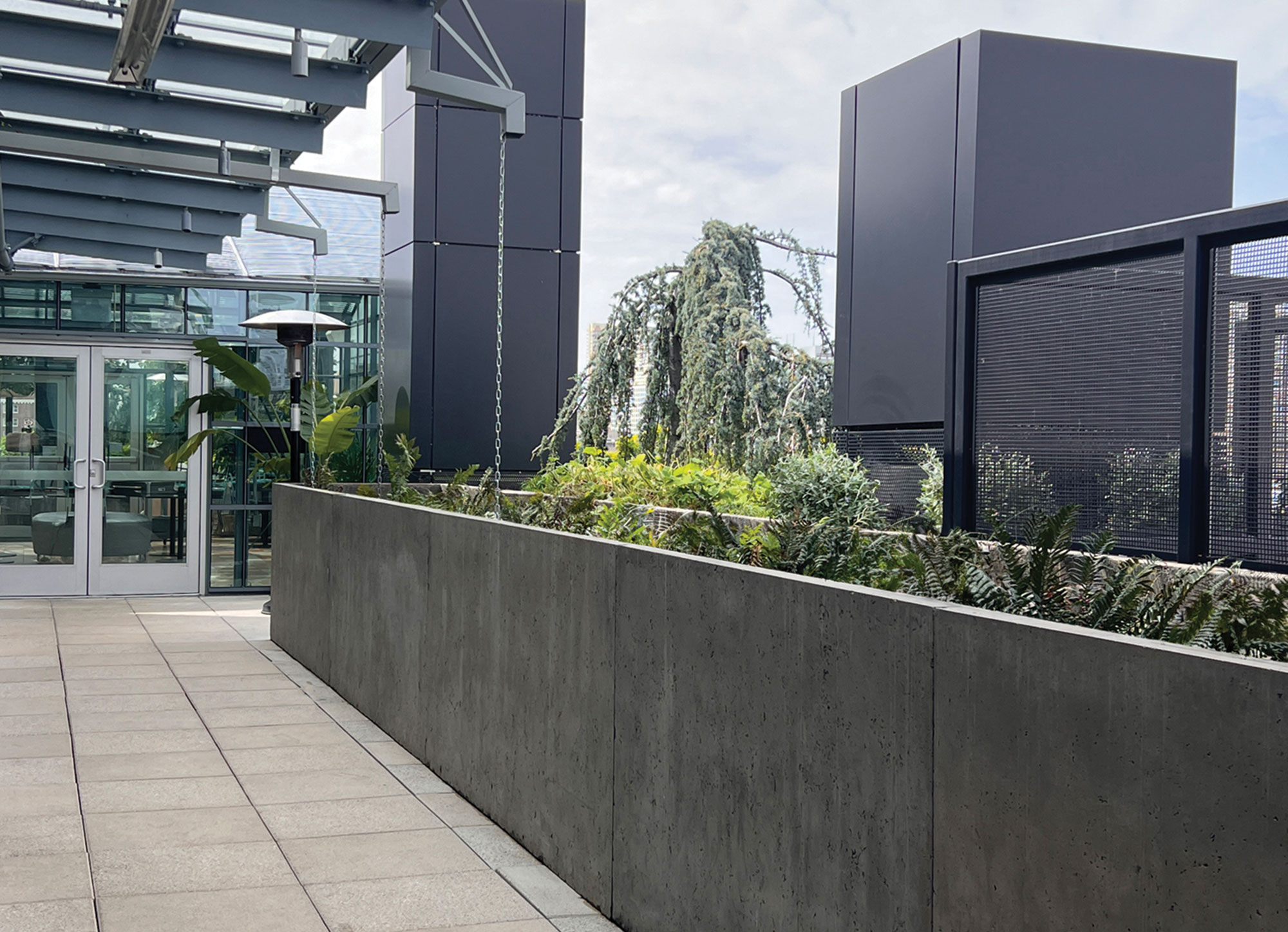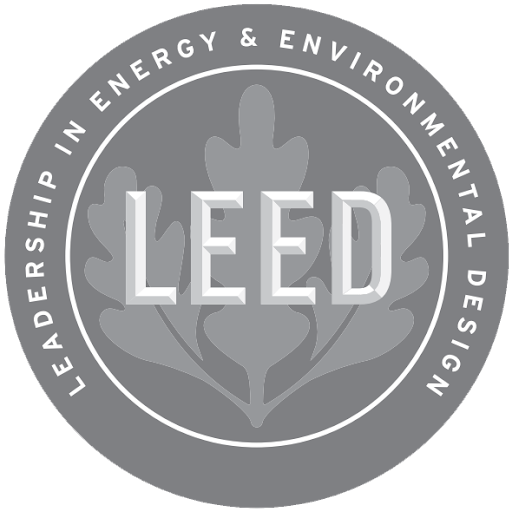Landscape Architecture – Designing with Nature
Learning Objectives:
- Identify the health, safety, and welfare aspects of designing outdoor spaces that also contribute to sustainability standards such as LEED, SITES, and WELL.
- Assess the sustainability aspects of different materials and products that are used for outdoor spaces, particularly regarding LEED, SITES, and WELL criteria.
- Explain landscape design strategies that include biophilic aspects for human benefit while coordinating directly with the design of buildings.
- Determine ways to incorporate the principles presented into buildings and sites as shown in project examples and case studies.
Credits:
This course is approved as a Structured Course
This course can be self-reported to the AANB, as per their CE Guidelines
Approved for structured learning
Approved for Core Learning
This course can be self-reported to the NLAA
Course may qualify for Learning Hours with NWTAA
Course eligible for OAA Learning Hours
This course is approved as a core course
This course can be self-reported for Learning Units to the Architectural Institute of British Columbia

Photo courtesy of Tournesol Siteworks
Incorporating vegetation with buildings provides dynamic landscape design opportunities and offers many sustainability benefits for people’s health and well-being.
The natural environment is our well-developed home on earth which offers physical, psychological, and emotional benefits to people. The built environment is our human response to create shelter and spaces that are practical and beautiful to live, work, and play in. The intersection of these two environments is found in landscape architecture – a combination of built and natural design. In urban, rural, and suburban settings, landscape architecture can turn an otherwise unused or abandoned piece of land into a natural looking setting that allows for vibrant activities or peaceful repose. In and around buildings, landscape architecture can create outdoor spaces that complement the building designs, streetscapes, or rooftops to add nature and beauty to an otherwise harsh hardscape. This course will explore some of the current ways that landscape architecture is being combined with building architecture to produce a coordinated, functional, healthy, and appealing total result.
LANDSCAPING DESIGN TRENDS
Design professionals of all types, including architects and landscape architects, are often concerned with considerations and strategies for designing outdoor spaces that fulfill the end users' health, safety, and welfare needs. At the same time, they seek to minimize the environmental impacts of those outdoor spaces by evaluating the sustainability attributes of their design by focusing on compliance with third-party criteria such as LEED, SITES, and WELL rating systems. Toward these ends, at least three current trends in landscape architecture support the design of successful, sustainable outdoor spaces.
- Biophilic Design: Wilson and Kellert define Biophilic Design as "the deliberate attempt to translate an understanding of the inherent human affinity to affiliate with natural systems and processes - known as biophilia - into the design of the built environment.” There are many ways to incorporate biophilic elements into a building’s design—through a visual connection to the outdoors, incorporation of natural elements, or expanding the indoors to the outdoors. Many projects that incorporate biophilic design elements also have sustainability and wellness goals designed to benefit human health and healing, increase productivity in work environments, and improve the overall quality of life by lowering stress levels.
- Greening of Built Spaces: It seems that greening of the built environment, particularly in urban and suburban areas, is becoming increasingly valued and sought after. Bruce Jett, Principal of JETT Landscape Architecture + Design points out “There's a huge trend out there now that developers recognize more and more the value of landscape and they're willing to make the needed investment. It used to be how much bark mulch can we put out there and no irrigating plan. Now developers are asking how much we need to spend to make this a memorable experience for the prospective tenant, for the community that you're building in?”
- Bioretention for Stormwater Management: Climate changes are causing extreme weather shifts, making stormwater management a rising concern, particularly in urban environments. Finding ways to collect stormwater, store it short-term, and then release it slowly into the larger community drainage system is a proven strategy for alleviating some concerns. Using natural materials or systems that also require water, such as plants and other living things, means the stored water is also useful on site and reduces the need for potable water.
There are certainly other trends as well, but these three appear to be prevalent and directly support the overall goals of many projects.
DEFINING OUTDOOR SPACES
Outdoor spaces can be enclosed to stand on their own or provide a direct visual and material connection from inside a building to the natural environment providing a peaceful refuge to rejuvenate the body, mind, and soul. If they provide broad landscape views, they can inspire an emotional attachment to the building’s natural surroundings and promote positive interactions between the building users and the neighboring ecosystem. In all cases, however, there are several basic approaches to consider for a truly three-dimensional, well-balanced design.

Photo: John Cole; courtesy of Bison Innovative Products
The creative use of an outdoor deck helps connect indoor and outdoor spaces by opening up views and claiming space that might otherwise go underused.
Horizontal Deck Surfaces
Often, the best way to create outdoor living space is to look for areas where a horizontal deck can be incorporated either at grade or an elevated level such as at balconies or rooftops. These types of outdoor spaces can allow for an extension of indoor floor areas or can claim horizontal areas that are otherwise unused. Through design, such outdoor deck areas can be completely customized to contain desirable amenity features such as outdoor kitchens, fire pits, bars, seating areas, gardens, or others.
One successful means to construct this type of outdoor space is to use a modular, raised pedestal deck system. This versatile approach gives designers the flexibility to create unique and beautiful outdoor spaces. Adjustable pedestal deck systems can be utilized over virtually any structural surface - on bare structural decks, rooftop decks, roof membranes, green roofs, terraces, compacted grade, pavement, or pool surrounds. The adjustable pedestal accessories allow for variations in slope or substrate so a level pedestal grid can be created. On top of that, modular wood tiles or other pavers can then be laid to create the level outdoor walking surface. Architects can choose from a mix of surface material options including wood, stone, structural porcelain, trays for crushed rock, grating, artificial turf, and/or concrete. In addition, some systems readily accommodate other features such as planter cubes, water features, exterior lighting, and benches, to create a complete living or entertaining space. Through the modular use of materials and accessories, designers can create an abundance of different design visions without the need for custom or costly materials.
From a biophilic standpoint, natural materials can be used in a deck system, such as wood and stone, and the spaces can incorporate vegetation and greenery. This allows for regular interactions with the outdoors which has been proven to have positive health benefits, such as lower blood pressure, reduced stress, expedited healing, and improved mood. These areas can also provide occupants with the opportunity to release tension through sport and physical activity, thereby improving users’ focus, health, and morale.
Vertical Wall and Trellis Systems
Outdoor spaces are created and defined by more than just horizontal surfaces – vertical surfaces are also a key component of every design. That doesn’t mean that typical exterior wall materials are the only option. In fact, there are natural options, particularly the notion of vegetated walls re-emerging from the centuries-old use of natural, living plants incorporated onto building surfaces. This practice allows the building users to reap multiple benefits, depending on the living plants selected. Sometimes, the term “greenwall” is used to describe what appears to be vertical growth of vegetation on the interior or exterior of a building supported by a trellis. Such installations do not always use living plants, but instead use artificial ones intended to create a natural “look” or attempt to incorporate biophilia into a design. For clarity, in this course the term “living wall” is used and refers to real, living plants or vines that require sunlight and water to grow up along an intentionally designed trellis structure secured to a building or planter.

Photos courtesy of Tournesol Siteworks
Incorporating vertical landscaping in the form of trellis systems to create green walls is a proven way to blend vegetation in many different types of buildings.
Living walls are a tangible way to implement a strong biophilic element that helps create healthier spaces for both people and the planet. For people, wellness is a recognized benefit that inherently attracts them to a more natural space. Living walls are making their way into the building industry with this concept, resulting in organic elements like plants and natural materials being integrated into brand new structures. According to the organization Green Roofs for Healthy Cities (https://greenroofs.org/), natural, organic, vegetative design components are becoming principal considerations for urban building projects. Specifically, they note that millennials and GenZer's are far more likely than previous generations to choose an employer, restaurant, or store based on visible sustainability features and aesthetics. This includes living walls as well as other related natural features.
Planters
Mixed in with horizontal deck surfaces and vertical walls, articulating an outdoor area often becomes a matter of defining it with distinct elements or features. Commonly, these take the shape of furnishings and planters of varying heights, widths, and shapes. Such planters provide several functions. First, they are the repository for selected plant materials, whether for visual delight, as with flowers and greenery or for nutritious value as when fruits and vegetables are grown and harvested. Second, they can create an ordered and/or artistic layout for the outdoor space by helping to define walkways, edges, perimeters, etc. Third, they offer the essential planting base (i.e., soil, other media) for vegetation to grow, whether fully contained in the planter or feeding upward onto a trellis system. Finally, they also become the primary place to help manage water use for the plantings. This is true from the standpoint of watering the plants/vegetation growing in planters as well as helping to collect and slow stormwater runoff.
Note how we distinguish here between vegetation planted in a three-dimensional planter and a fully planted “green roof.” The planters are intended to elevate the vegetation above a roof surface and allow the surrounding area to be used for other purposes. A green roof is generally designed to cover an entire roof area of a building, usually with growth that is relatively low in height and not typically meant for foot traffic. There is, of course, nothing that says the two can’t exist in the same design, each developed to serve a different purpose in their own sections of the roof. Nonetheless, the distinction is important in terms of design.
Outdoor Spaces at Grade
Certain outdoor spaces around a building at grade level are often developed as part of the overall design from the outset, such as entry courtyards, plazas, and similar very visible locations. Other spaces may be incidental or underutilized as a result of the general building design, the site constraints, or both. Such spaces can become valuable assets when designed appropriately. From utilizing unused space in the city, upgrading a porch or backyard in the suburbs, or creating a luxurious oasis by the sea, elevated deck systems can be a solution for a variety of projects while creating and reclaiming valuable outdoor space.
Notice

www.bisonip.com

www.tournesol.com





















